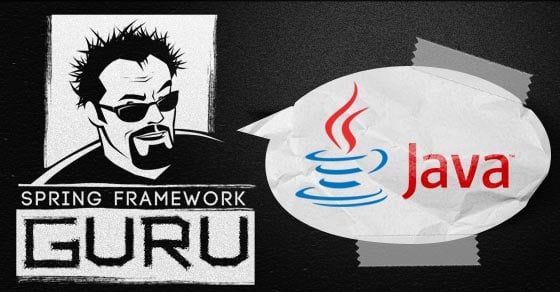How to Configure Multiple Data Sources in a Spring Boot Application
Introduction Often, you will need to connect to more than one data source. Sometimes, this is for security reasons. An example of this is the storage of credit card information. You may wish to store the data elements in multiple data sources. If one of the data sources is compromised the data retrieved is useless […]Continue reading








